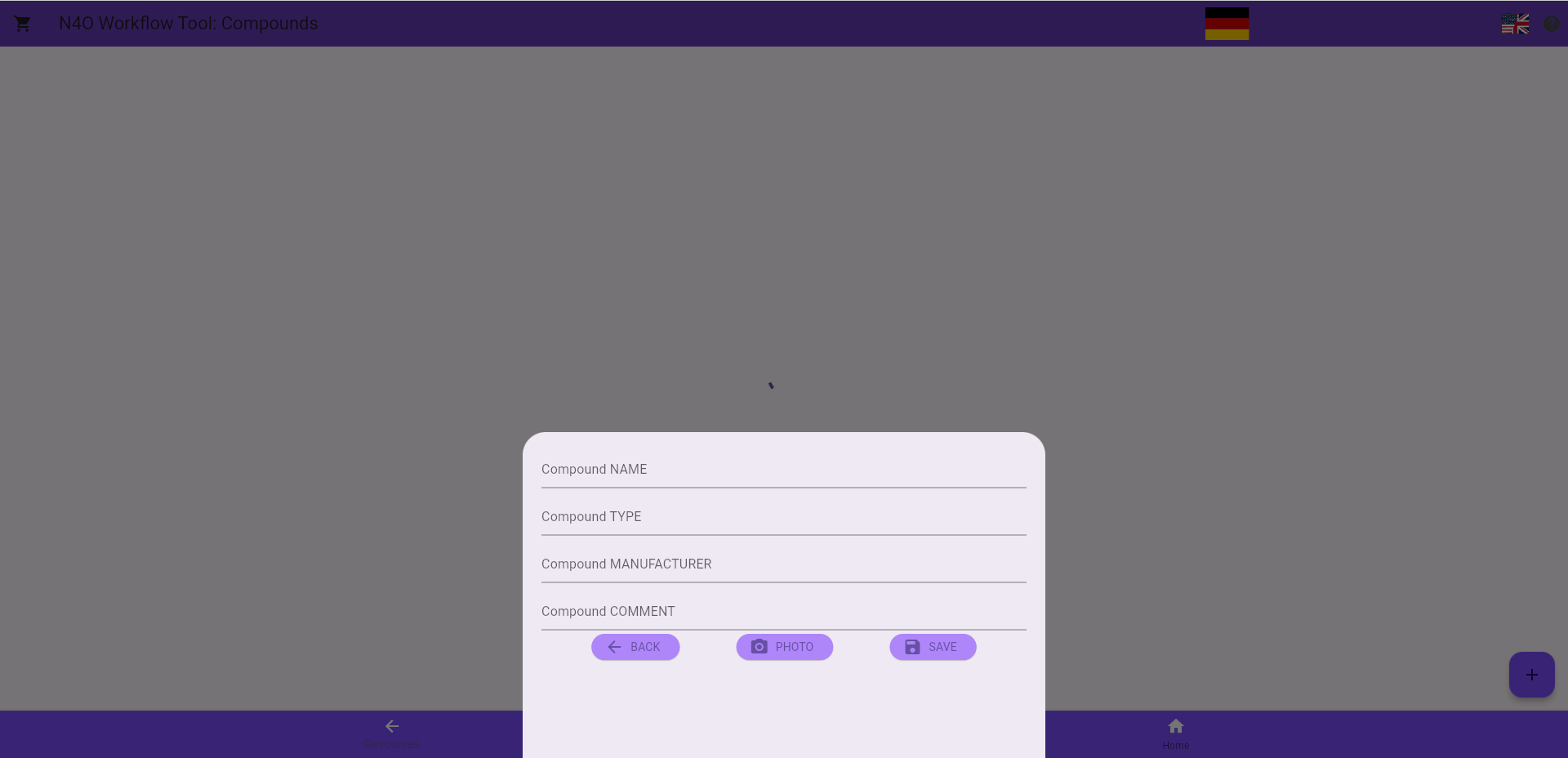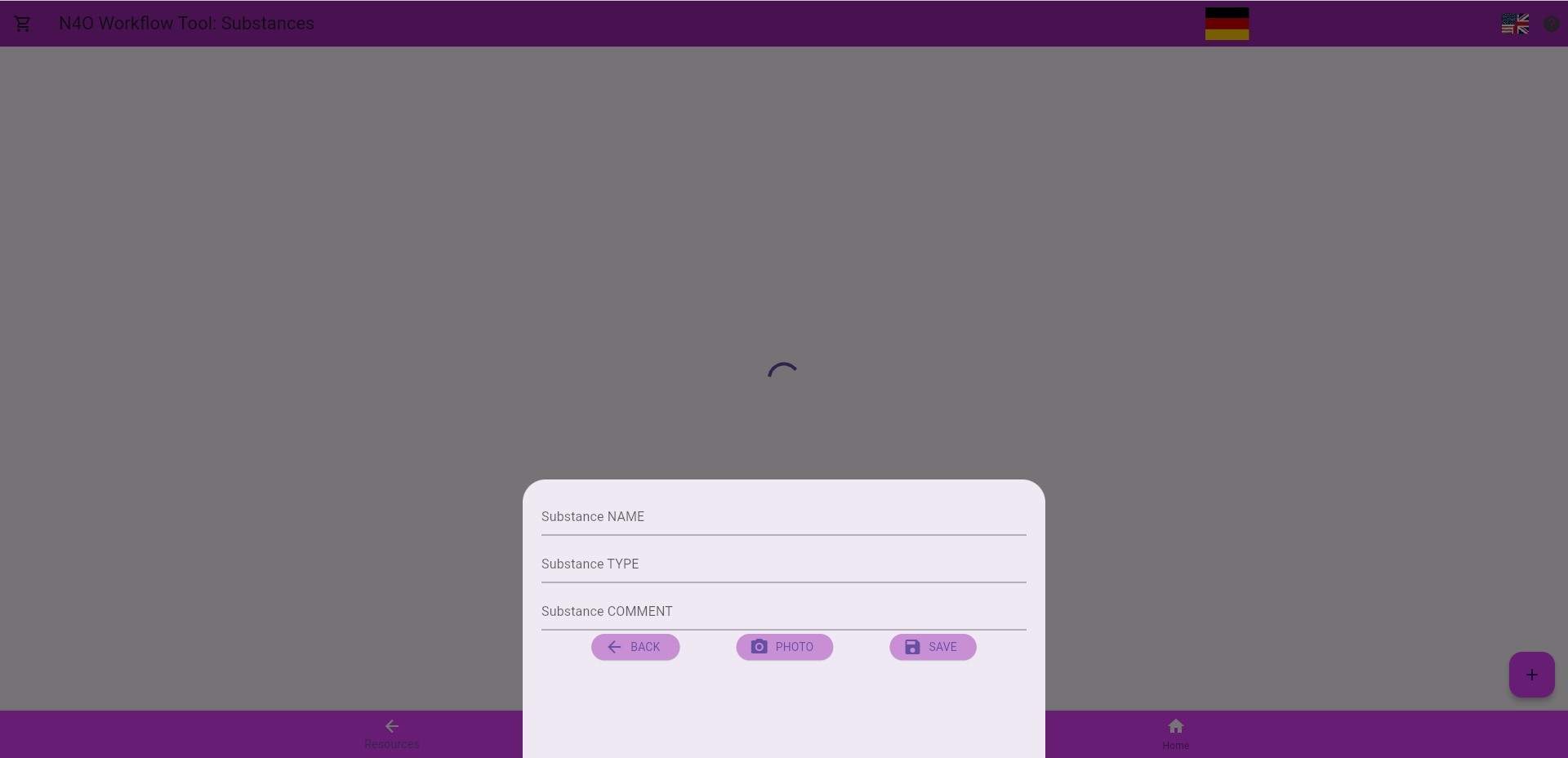Compounds/substances
“Compounds” and “substances” are the material resources available for performing any “experiment.”
“Experiment” in this context means using an “instrument” or “tool” to do something to a “compound” or “substance.”
“Compounds” simply require more information than “substances.” Compound fields currently include:
- Name
- Type
- Manufacturer
- ActivityArea
- Function
- Comment
After consultation with colleagues, this list will eventually be expanded to include things like “batch number,” “brand name,” “quality,” etc., as necessary.

Substance fields currently include:
“Water” is a typical “substance,” and can be further classified as having a “type” of “tap” or “distilled,” etc.
Similarly, “nails” or “wood” would be classed as “substances,” and maybe identified by intended function (“roofing nails,” “drywall nails,” etc.) or “oak.”
In terms of providing an inventory, quantity does not seem to be particularly relevant since water and nails are generally easy to replace, and the inventory would fluctuate constantly.
“Quantity” is more important when a “reconstruction” or “replica” requires a specific quantity of oak posts of a certain design, in which case the initial “experiment” might involve preparing 25 oak posts by cutting them to a specific length, removing the bark and sharpening one end to a point.
The resulting posts would then be entered into the inventory as “compounds” which could then be used to reconstruct a longhouse (for example).
Similarly, a chemical “compound” might require any number of “substances” mixed in a specific proportion.
And a shield or a costume worn during a “re-enactment” would also be a “compound” assembled from any number of other elements.
Some consideration should also be directed towards representative sample sizes when running (formal) experiments.
It will be possible to photograph compounds and substances.

Resources:
- Institution
- Personnel
- Instruments and Tools
- Compounds and Substances
- References
Experimental design:
- Experiments
- Observations
- Measurements
- Reconstructions
- Replication
- Re-enactment
- Recipes
Tasks and Flowchart:
Demo version:

